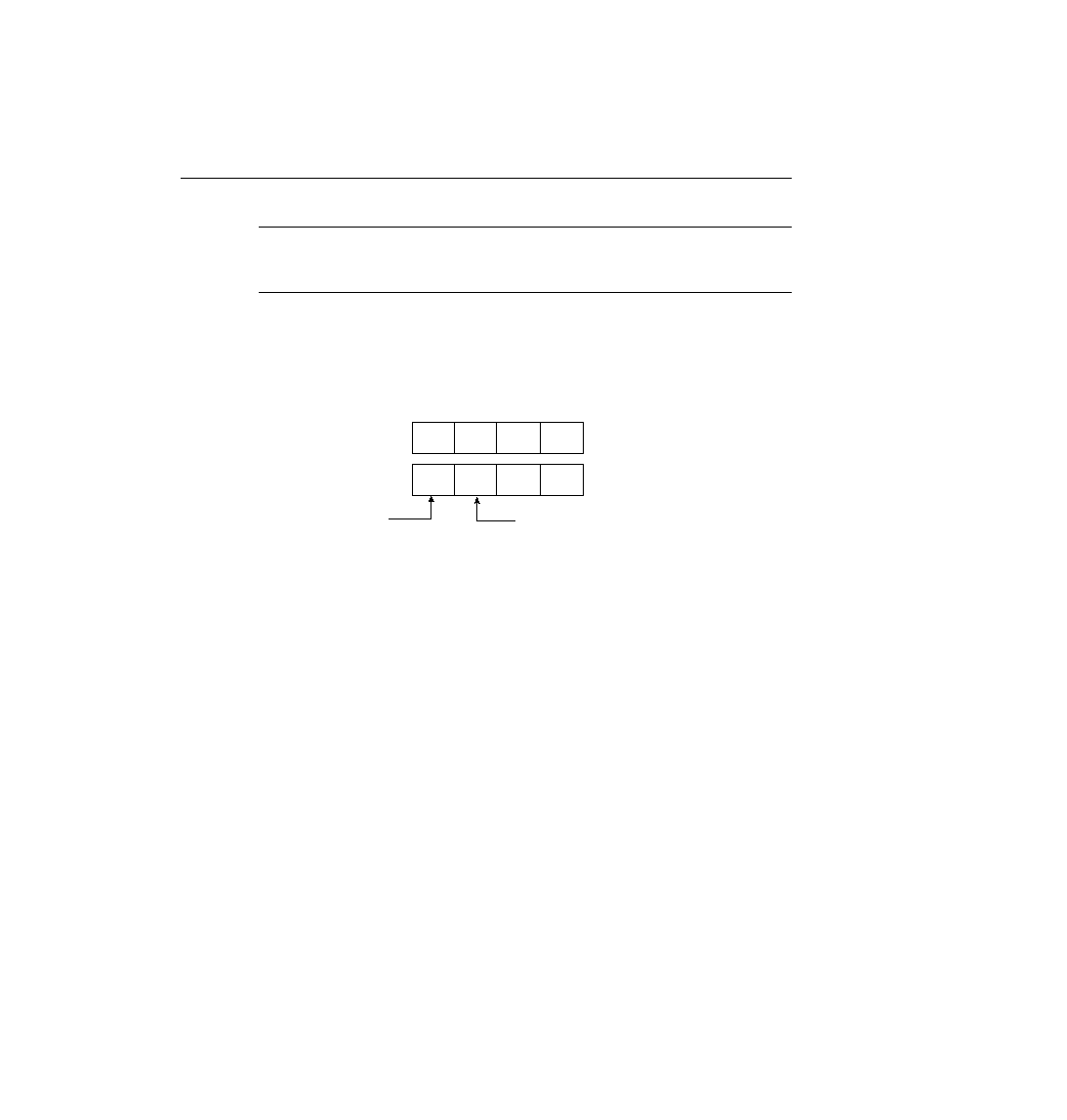
numbers, particularly the older 1490 because it is referred to often in documentation from Cisco
and other vendors.
frames flow from DTE to DTE, both DTEs must agree to the encapsulation used. However, each
VC can use a different encapsulation.
used to address virtual circuits. The logic and use of these addresses is very different from the
addresses seen for other protocols covered in this book. This difference is mainly due to the use
of the DLCI and the fact that there is a single DLCI field in the header--there is not a source
and destination DLCI.
values is subtle. For example, in Figure 8-7, Router A has a VC to both Router B and Router C;
Router A will need to use a different DLCI for each VC. The Frame Relay switches swap the
DLCI in transit. For example, Router A sends a frame with DLCI 41, expecting that it will be
delivered to Router B. Likewise, Router A sends frames with DLCI 42 when it wants the frame
to be delivered to Router C.
trailer
Q.933-E and T1.617-F;
includes Protocol Type
Field
trailer